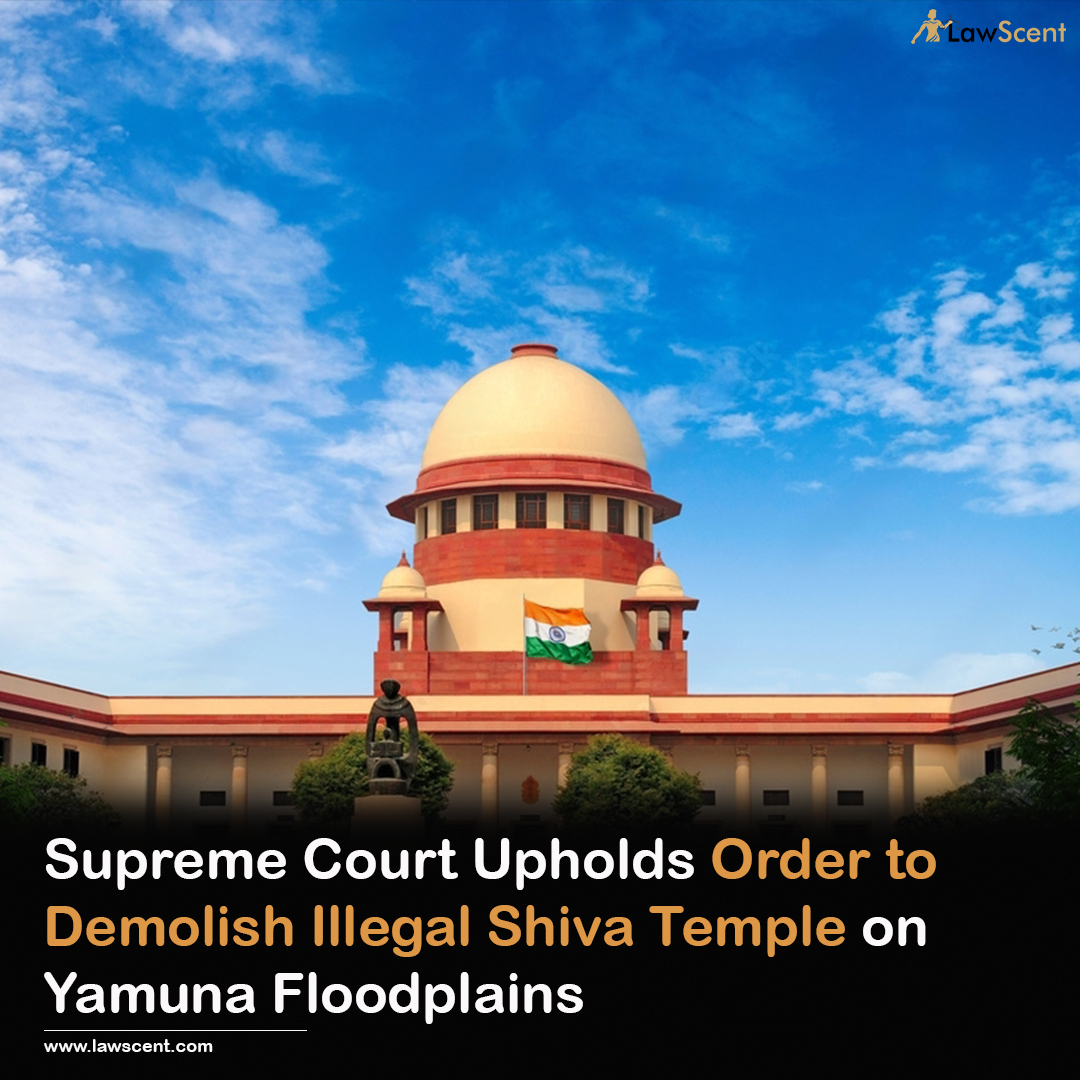
The Supreme Court has approved the demolition of an illegal Shiva Temple situated on the Yamuna floodplains. This decision upholds the May 29 ruling by the Delhi High Court, which had ordered the temple’s demolition. The High Court had argued that the Yamuna riverbed and floodplain should be free from encroachments and illegal constructions, suggesting that Lord Shiva would be happier with a cleaner environment.
A vacation bench of Justices PV Sanjay Kumar and Augustine George Masih addressed the case, confirming that the High Court’s decision was sound and questioning the legitimacy of the petition filed by the Akhada Samiti. Justice Kumar pointed out that having an akhada (a traditional place of wrestling) on floodplains is inappropriate and noted that akhadas are typically associated with Lord Hanuman, not Lord Shiva. The Delhi High Court had emphasized that Lord Shiva does not need the court’s protection, but rather, it is people who seek his protection and blessings. The court dismissed the petitioner’s attempt to involve Lord Shiva directly in the legal matter, labeling it as a tactic to shift the focus of the dispute. The court stated that the real concern is the encroachment on the Yamuna floodplains, and clearing these areas would be more respectful to Lord Shiva. Justice Dharmesh Sharma of the Delhi High Court further noted that just because daily prayers and special events are held at the temple, this does not make it a place of public significance. There was no evidence to prove that the temple was a public entity rather than a private one managed by the petitioner society. Based on these findings, the High Court had granted the Delhi Development Authority (DDA) the right to demolish the unauthorized structure. The petitioner society and its members were instructed not to interfere with the demolition process. Unhappy with the High Court’s ruling, the Akhada Samiti appealed to the Supreme Court, but their appeal was dismissed. The Supreme Court’s decision reinforces the High Court’s stance that removing illegal structures from the Yamuna floodplains is necessary for environmental and legal reasons. In summary, the Supreme Court’s ruling supports the idea that religious sentiments cannot justify illegal constructions, particularly in sensitive environmental areas like the Yamuna floodplains. The focus remains on upholding the law and protecting natural resources, ensuring that encroachments do not harm the environment.

 Cart is empty
Cart is empty